Tomatoes are among the most beloved crops for home gardeners, valued for their rich flavor, versatility, and relatively easy care. However, many gardeners struggle with keeping their tomato plants productive throughout the season. Whether you’re growing determinate or indeterminate varieties, a few strategic techniques can greatly extend your harvest window. This comprehensive guide will teach you how to keep tomatoes fruiting longer for a continuous supply of fresh, juicy fruits.
1. Start with the Right Variety
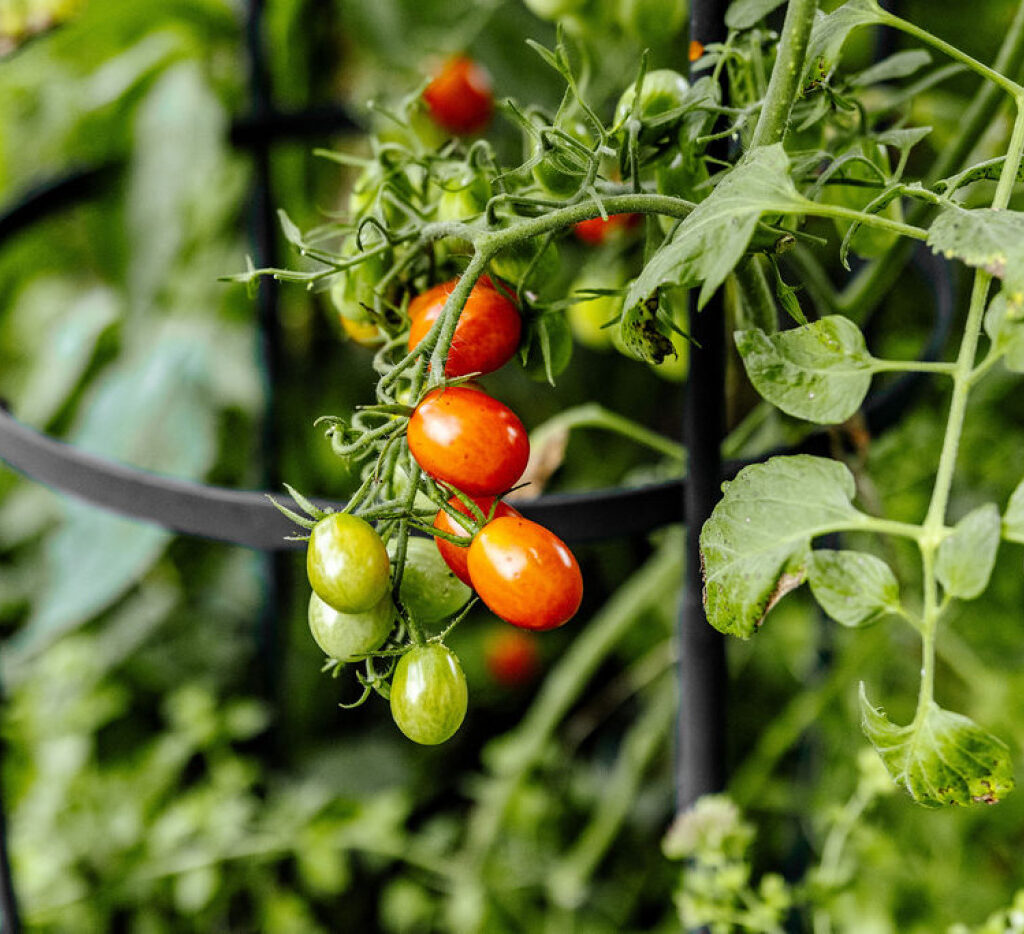
To prolong fruiting, begin with indeterminate tomato varieties. Unlike determinate types, which produce fruit in one flush and then stop, indeterminate plants continue to grow and bear fruit until frost or disease halts their progress. Popular indeterminate varieties include:
- ‘Sungold’
- ‘Brandywine’
- ‘Cherokee Purple’
- ‘Super Sweet 100’
Choose disease-resistant cultivars as well to avoid common issues that can cut the season short, such as early blight or fusarium wilt.
2. Plant Tomatoes in the Right Spot
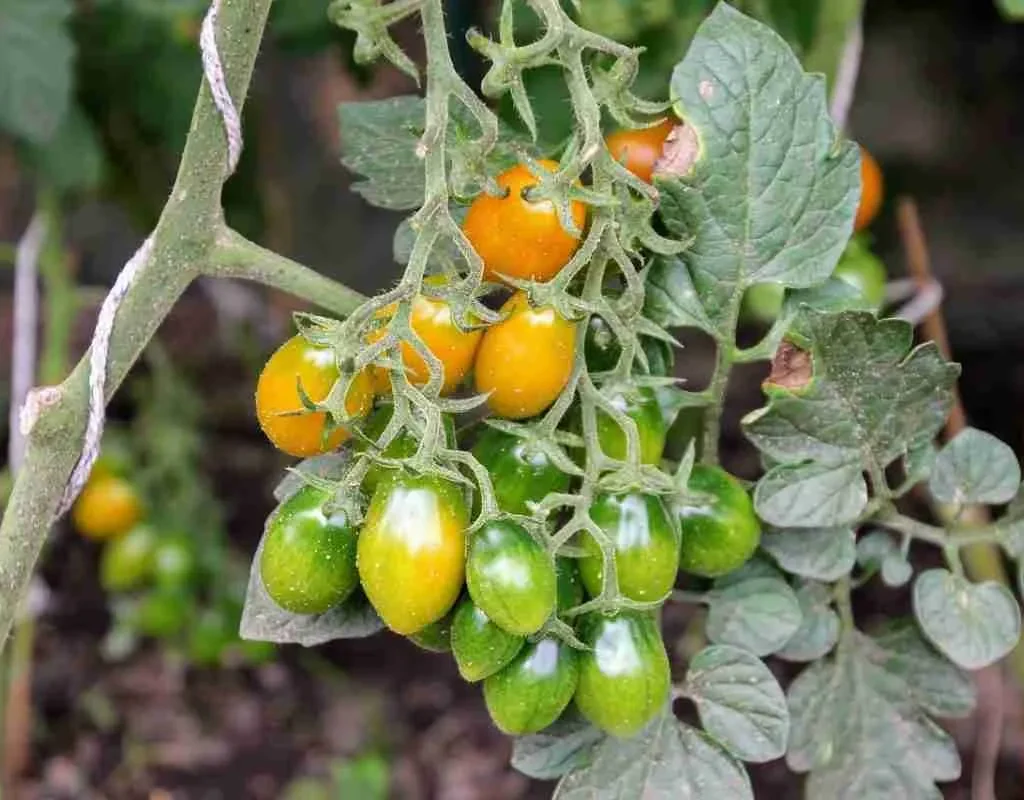
Tomatoes thrive in full sun, requiring at least 6–8 hours of direct light daily. A sunny spot gives plants the energy they need to grow vigorously and set more fruit. Additionally, ensure the soil is well-draining and rich in organic matter. A pH range of 6.0 to 6.8 is ideal for tomato growth.
If growing in containers, select large pots (at least 18 inches wide) and use high-quality potting mix enriched with compost.
3. Feed Regularly with Balanced Fertilizer
Tomatoes are heavy feeders. To keep them fruiting longer:
- Start with a balanced fertilizer when planting (e.g., 10-10-10).
- Switch to a low-nitrogen, high-potassium and phosphorus fertilizer once flowering begins (e.g., 5-10-10).
- Feed every 2–3 weeks to promote continuous blooming and fruit production.
You can also side-dress plants with compost or worm castings every few weeks for an organic nutrient boost.
4. Water Consistently and Correctly
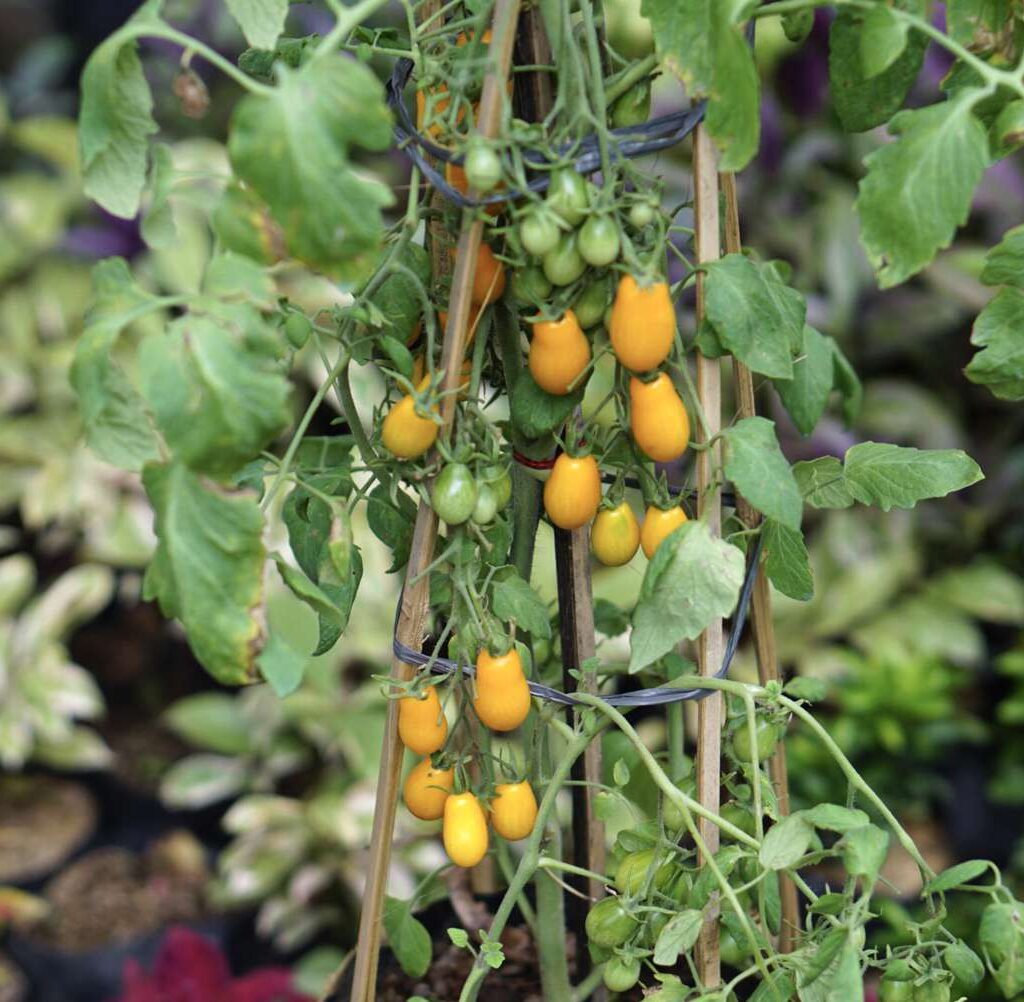
Watering is key to preventing blossom-end rot and encouraging fruiting. Follow these guidelines:
- Water deeply and consistently, ideally early in the morning.
- Keep soil evenly moist, avoiding fluctuations that stress the plant.
- Use mulch around the base to retain moisture and reduce evaporation.
- In containers, monitor closely—potted tomatoes may need water daily in hot weather.
Inconsistent watering leads to fruit cracking and flower drop, which directly reduces yields.
5. Mulch to Retain Moisture and Suppress Disease
A layer of mulch (2–3 inches) helps keep the root zone cool and moist. Use straw, shredded leaves, grass clippings, or compost. Mulch also acts as a barrier, reducing the risk of soil-borne diseases splashing onto leaves.
6. Prune and Train for Productivity
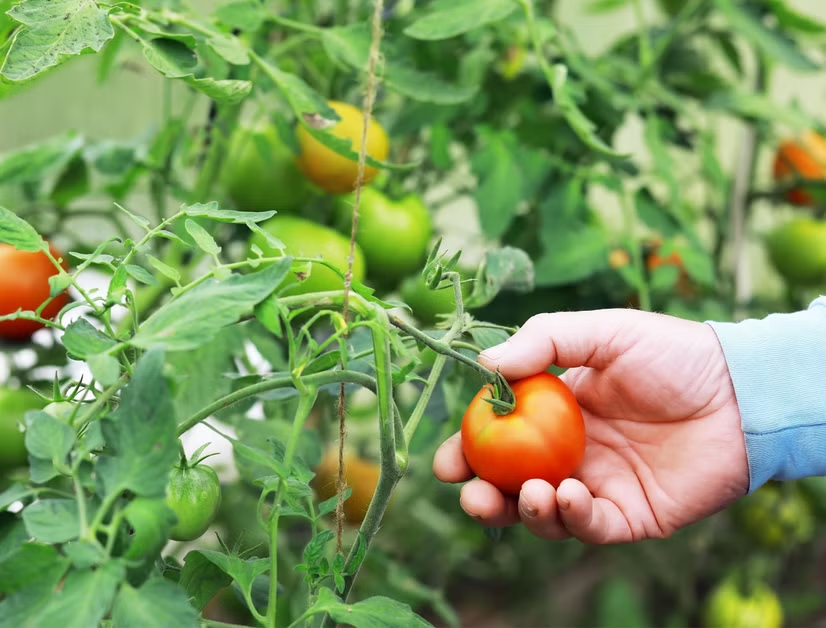
Pruning plays a vital role in extending the fruiting period, especially for indeterminate varieties. Here’s how:
- Remove suckers (small shoots in the leaf axils) regularly to direct energy into fruit production.
- Remove lower leaves that touch the soil or look yellowing.
- Support plants with stakes, cages, or trellises to improve air circulation and reduce disease.
Trained and pruned plants stay healthier and spend more energy on producing fruit rather than excess foliage.
7. Pollinate Flowers to Set More Fruit
Tomatoes are self-pollinating, but you can boost pollination and fruit set with a few simple techniques:
- Gently shake the flowering branches to release pollen.
- Use an electric toothbrush near the flowers to mimic bee vibration.
- Encourage pollinators like bees and hoverflies by planting flowers nearby (e.g., marigolds, basil, or lavender).
Without good pollination, flowers may drop off without producing fruit.
8. Protect from Pests and Diseases
Tomato pests like aphids, whiteflies, and hornworms can weaken plants and reduce fruiting. Monitor regularly and take these actions:
- Use neem oil or insecticidal soap for minor infestations.
- Hand-pick hornworms or caterpillars.
- Attract beneficial insects (like ladybugs) with companion plants.
- Remove diseased leaves immediately and avoid overhead watering to prevent fungal spread.
Healthy plants are more likely to continue fruiting well into the season.
9. Harvest Frequently
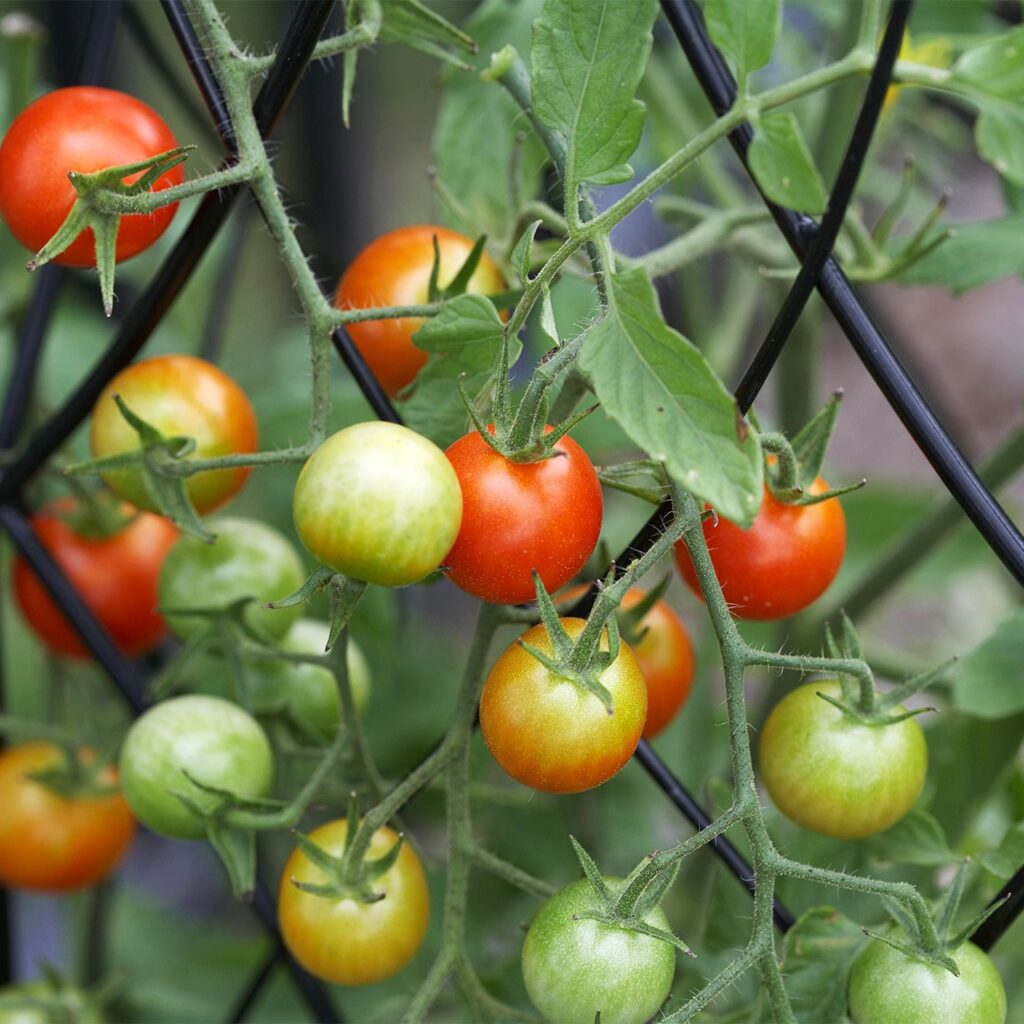
Regular harvesting encourages the plant to produce more fruit. Don’t let ripe tomatoes sit too long on the vine, as this sends a signal to slow down production. Check plants every 2–3 days and gently twist ripe tomatoes off the vine. For larger varieties, use pruning shears to avoid damaging the stem.
10. Rejuvenate with Light Pruning and Compost Tea
Later in the season, tomato plants may slow down or look tired. You can rejuvenate them by:
- Lightly pruning old leaves and excess stems.
- Feeding with a compost tea or fish emulsion to provide a quick nutrient boost.
- Trimming back the top by a few inches to encourage new growth and branching.
This “mid-season refresh” can lead to another wave of flowering and fruiting.
11. Extend the Season with Weather Protection
As summer turns to fall, protect your tomatoes to keep them fruiting:
- Use row covers or garden fleece when temperatures dip.
- Move containers to a sunny, sheltered spot.
- Add a cold frame or mini greenhouse over your plants to trap warmth.
Tomatoes will continue producing as long as the temperature stays above 12°C (around 54°F).
Final Thoughts
Growing tomatoes is a rewarding experience, and with a few extra steps, you can enjoy a longer, more abundant harvest. From choosing the right variety to consistent feeding, pruning, and protecting plants from pests and cold, every action helps prolong the productive life of your tomato plants.
With proper care and attention, your tomatoes can keep delivering plump
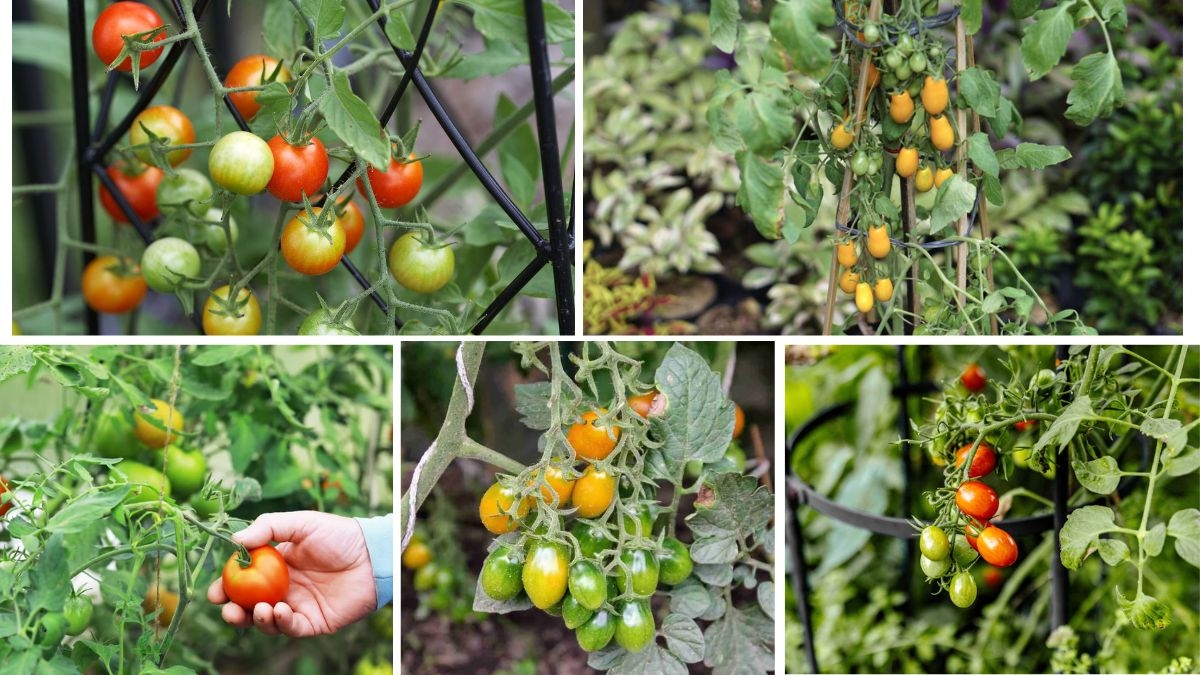

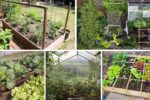

Leave A Comment